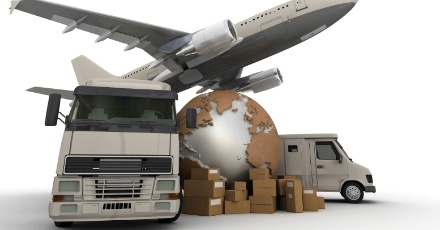Initiatives to reverse and/or mitigate the harmful effects of climate change continue to thrive in 2016. Both the public and private sectors have identified climate change as a high priority on their agendas, including the impact of transportation, which is a recognized source of greenhouse gases (GHG) such as methane, carbon, and nitrous oxide. In addition, they have recognized sustainable transportation as a means to GHG emissions.
The transportation sector was responsible for approximately 22% of global GHG emissions in 2014. Governments globally took action by introducing laws to decrease vehicle emissions and creating sustainable and climate-friendly transportation systems which are essential to attain the goals of last year’s 21st Session of the Conference of Parties (the COP21 summit).
Sustainable transportation is defined as any form of transport that does not use or rely on diminishing natural resources. How can transport providers and governments help cities and regions address rising congestion and pollution worldwide, and create a more sustainable transport system.
Benchmark against other sustainable transport systems
Every city and region is unique and handles its own set of challenges. Benchmarking against another sustainable transport system can inspire ideas for your own use. Pinpointing areas for improvement is a good start. For instance, Singapore’s Sustainable Singapore Blueprint aims to reduce its carbon footprint by targeting a “car-lite” Singapore. Cycling and walking are encouraged, and electric car-sharing and driverless car trials will be conducted in selected areas of Singapore as part of the plan to achieve a cleaner environment. Furthermore, Singapore has introduced schemes and technologies to attain greener modes of transport such as 80 new bus services and 1,000 more buses.
Encourage local engagement
The attention of the entire local government, the private sector, car owners, and other stakeholders should be called prior to adopting changes in transportation patterns. Widespread engagement and communication are important as these groups will have to work together to define a unified plan, rules, etc. A good example is New York City’s Citibike, a rental bike system that is available 24/7, 365 days/year. These bikes can be found at hundreds of stations across New York City and Jersey City, NJ. Making the bikes readily available for citizens enables them to help in reducing GHG emissions.
Improve technologies
Using technologies that are more energy-efficient helps reduce emissions. Upgrading vehicle standards and ensuring rigorous inspection strengthens the path towards a sustainable transport system. In the United Kingdom, Bio-Bus is a bus-powered by biomethane gas, running on human and household waste. It officially started its regular service in March 2015 and is believed to have the potential to improve urban air quality.
Sustainability is essential in planning for the transport system. It requires innovation and consistency, as this will lessen the burden for future generations while meeting the needs of the generation today. For humans and nature to exist in productive synergy, a sustainable transport plan should benefit both the people and the environment.
FirstCarbon Solutions (FCS) is a leading sustainability solutions provider and helps organizations responsibly grow and operate. To stay current on global sustainability trends and to learn more about our perspective, subscribe to our newsletter, GreenWatch.



